Xiaomi’s HyperOS 2.2 is making waves with its phenomenal control center that’s giving the yet-to-be-released Android 16 a run for its money in both function and aesthetics. Both operating systems have introduced some significant UI tweaks that are enhancing user experience, but Xiaomi’s approach is somehow stealing hearts with its premium appearance and smooth animations.
The HyperOS 2.0 update brought a slew of improvements to Xiaomi devices, building on the foundation established when the company abandoned MIUI in favor of an in-house solution. With Lei Jun’s vision of seamless connectivity, these control center improvements are one step towards the vision of a more integrated ecosystem.
Key Similarities Between the Two Control Centers
Both Android 16 and HyperOS 2.2 control centers share some fundamental design principles:
- Right edge swipe gestures for toggles and left edge for notifications
- Blurred background effect for improved visibility of controls
- Expandable controls for more details
- Dark and light mode support
HyperOS 2.2’s Superior Features
HyperOS 2.2 possesses several advantages that render it superior to Android 16:
- Simpler, iOS-like interface: The minimalism provides better visual hierarchy and reduced clutter
- Smooth animated transitions: When swiping through toggles and notification center, HyperOS 2.2 offers a smooth animation that makes it feel more premium
- Better pull down animations: Visual feedback when pulling down control center is far more elegant and descriptive
- Simplified one-handed operation: The layout offers easier thumb access to frequently used controls
Android 16’s Notable Additions
While HyperOS 2.2 is better in most regards, Android 16 also has its interesting features:
- Resizable toggles: Similar to iOS 18, Android 16 allows users to resize toggles based on importance or frequency of use
- More customization: Users have more freedom to rearrange and personalize their control center
- Deeper integration with Google services: Seamless access to Google ecosystem features directly from the control center
Which One Should You Choose?
If you like a sleeker, more refined experience with improved animations, HyperOS 2.2 is the way to go. Xiaomi has struck the perfect balance between form and function.
However, if a high level of customization is your cup of tea, Android 16’s resizable toggles and customization options might be more your speed. The Android 16 interface is currently only found in internal test builds and is expected to arrive either with the QPR1 update or with the official release of Android 17.
If you want to try iOS 18 Control Center on your Android phone, you can try our Control Center 18 application.


 Emir Bardakçı
Emir Bardakçı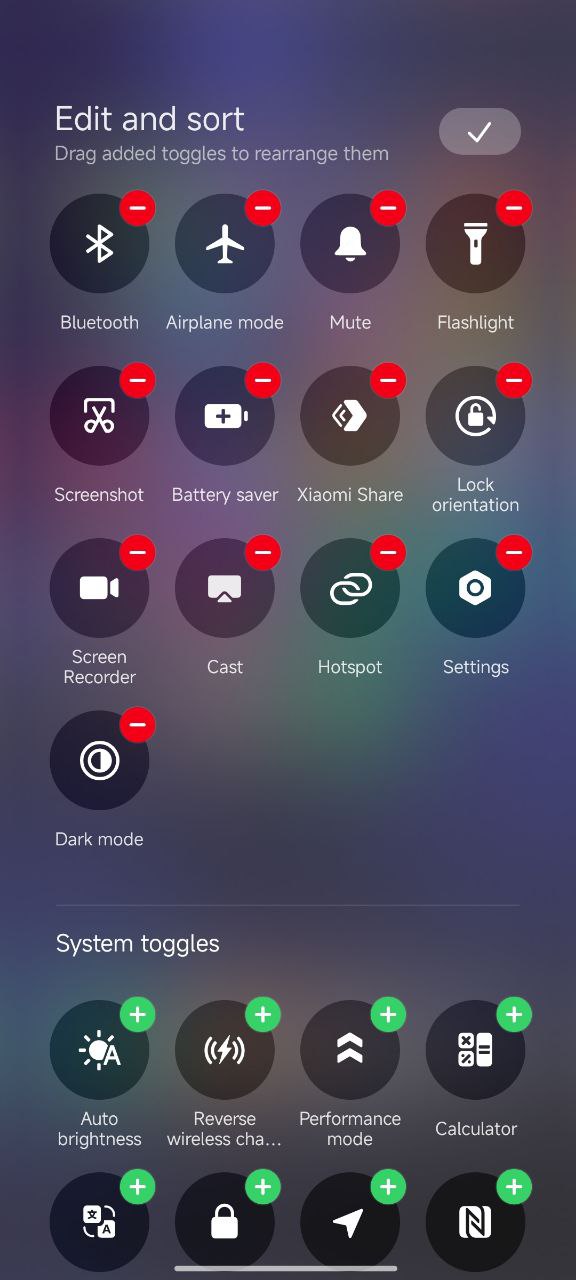
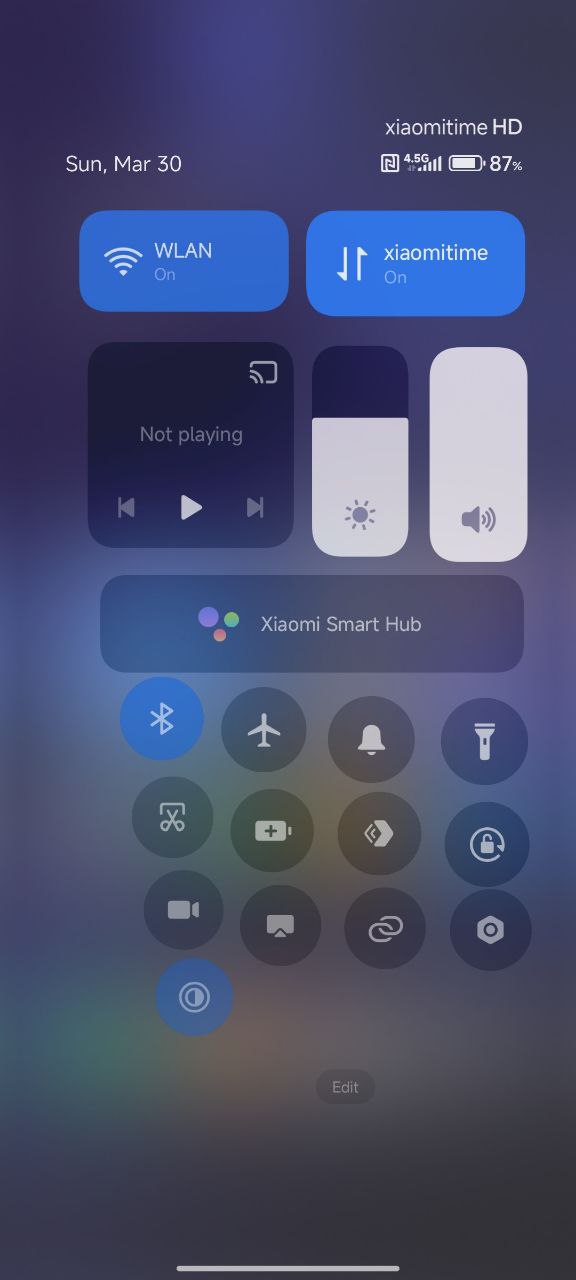
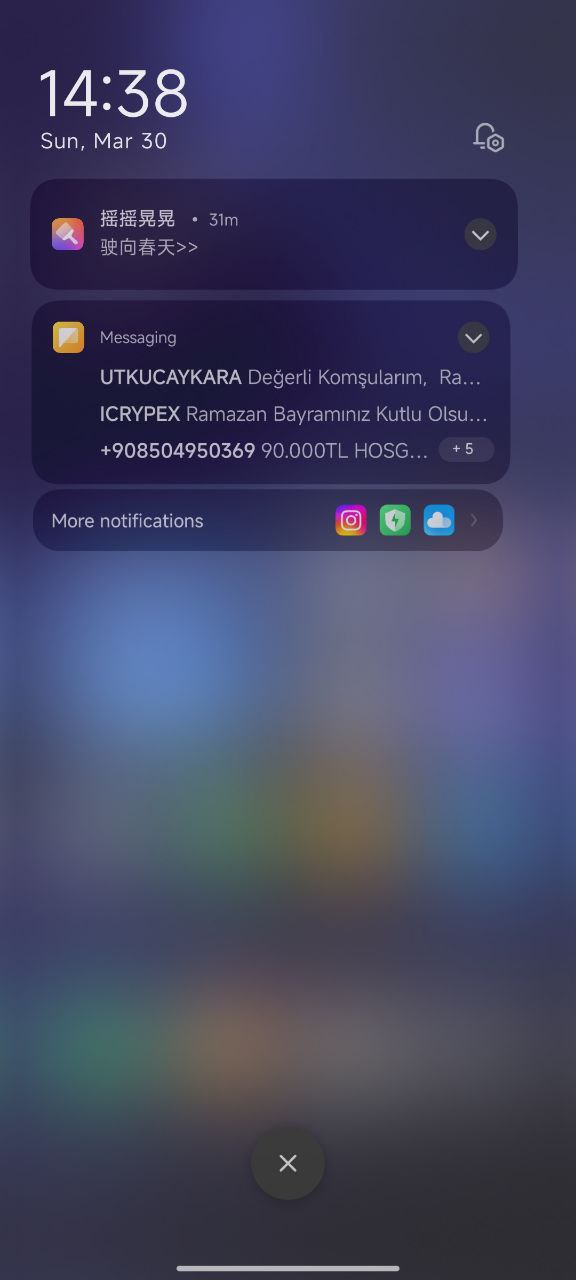
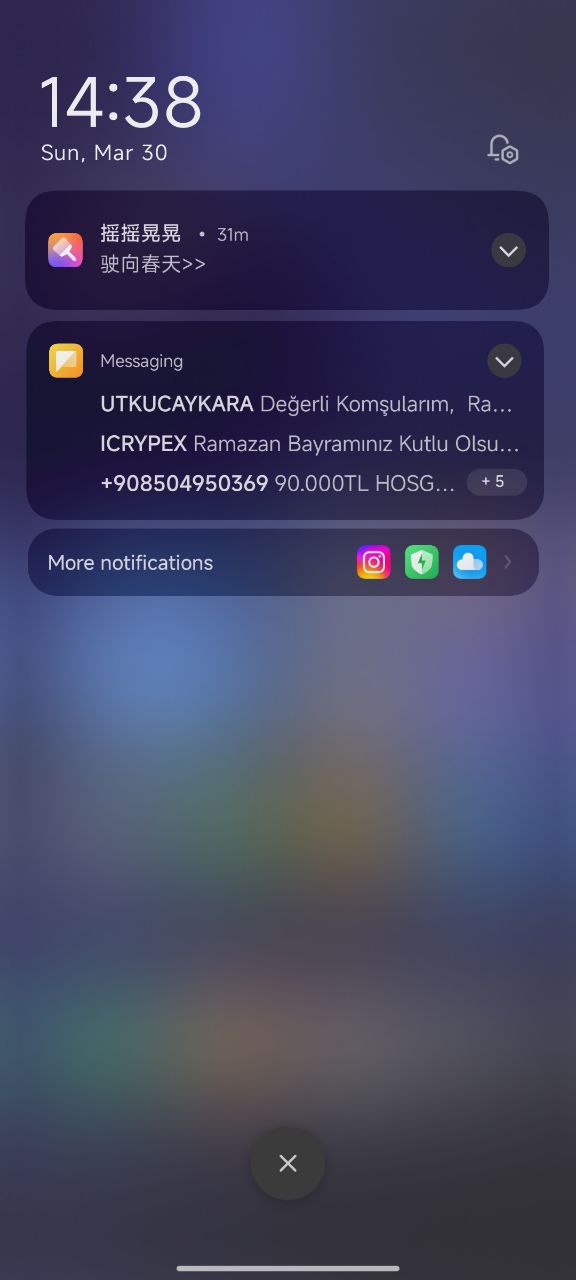
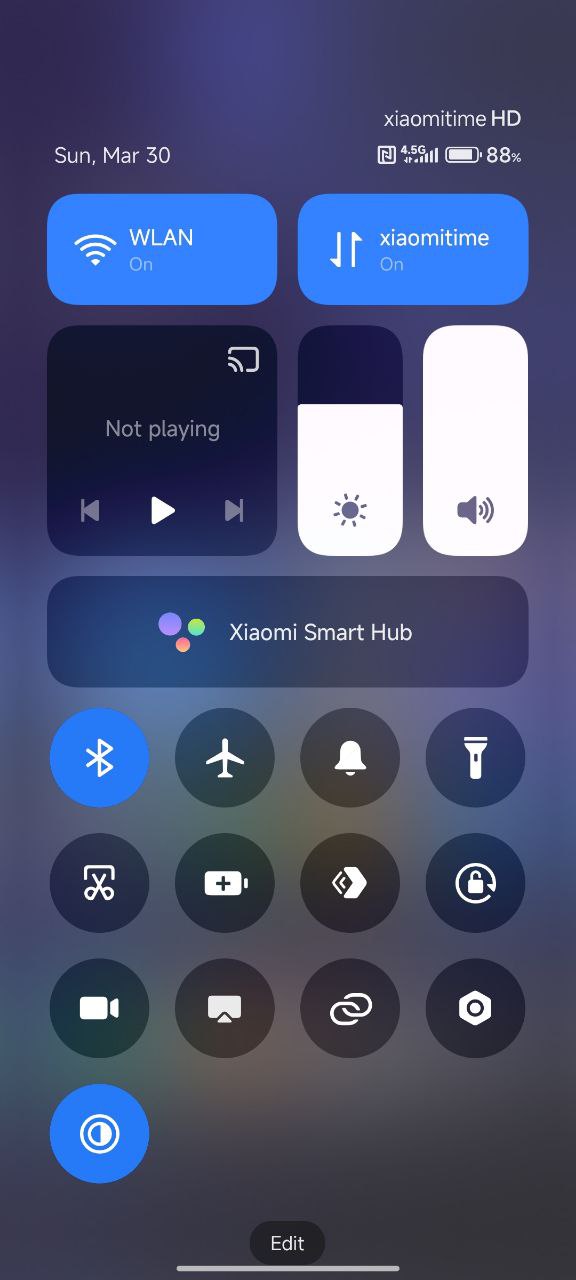
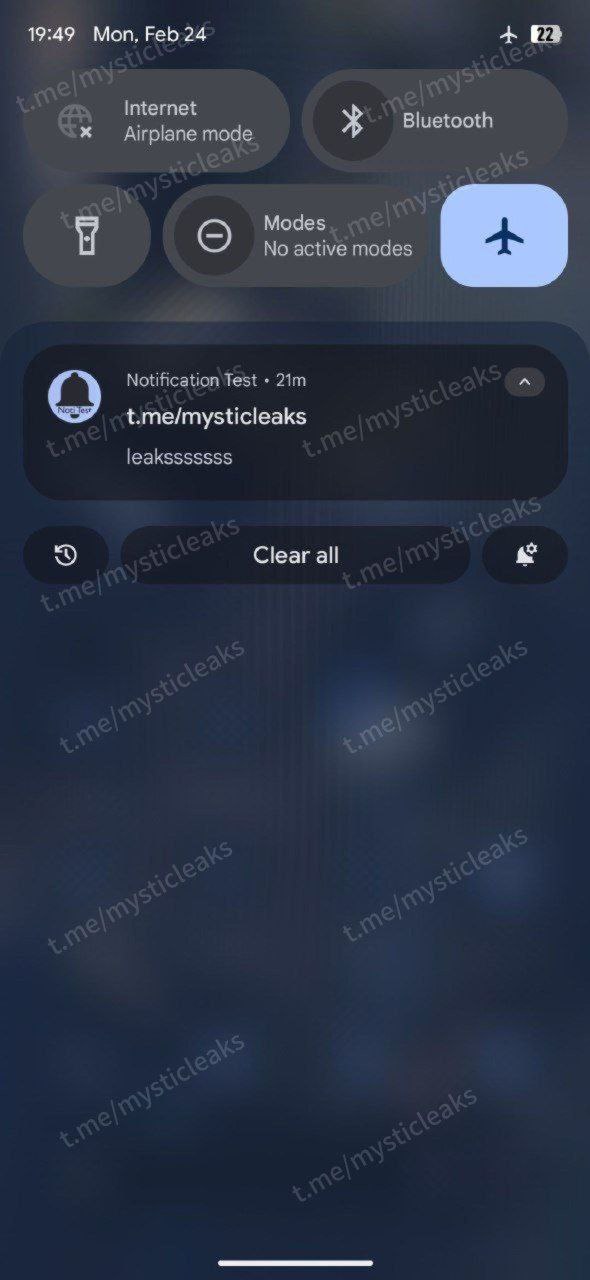
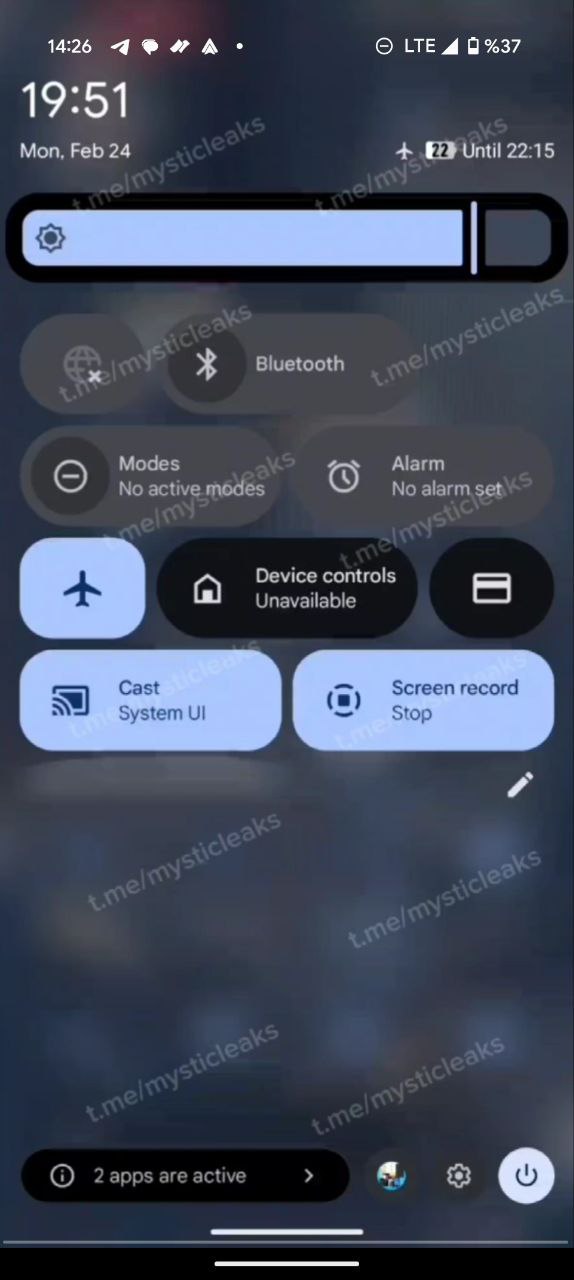
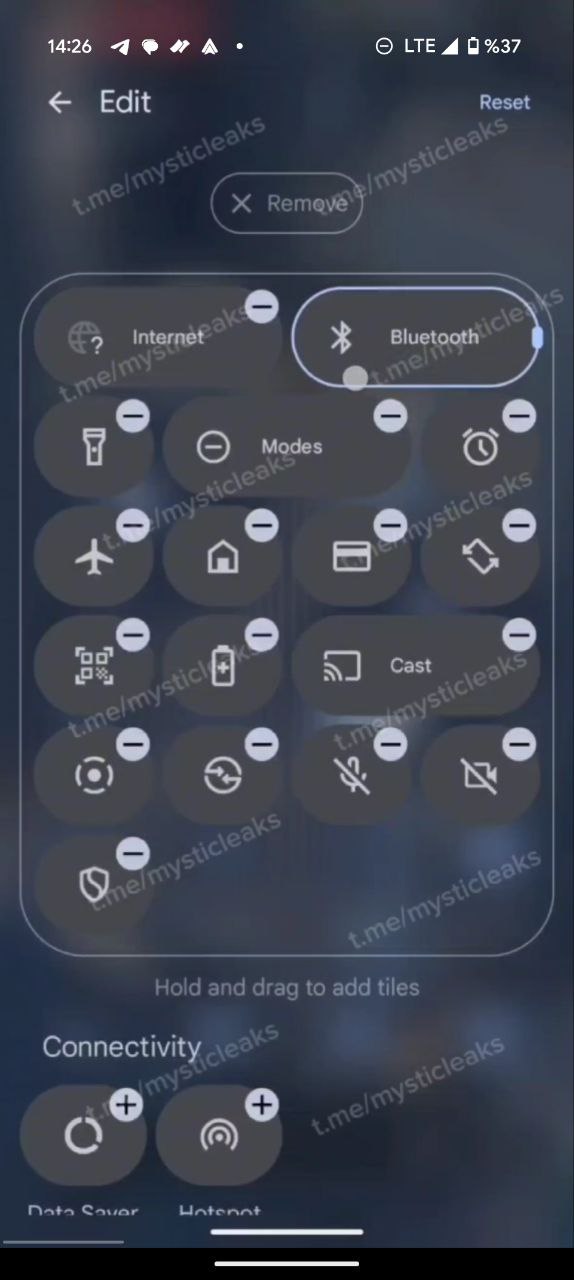
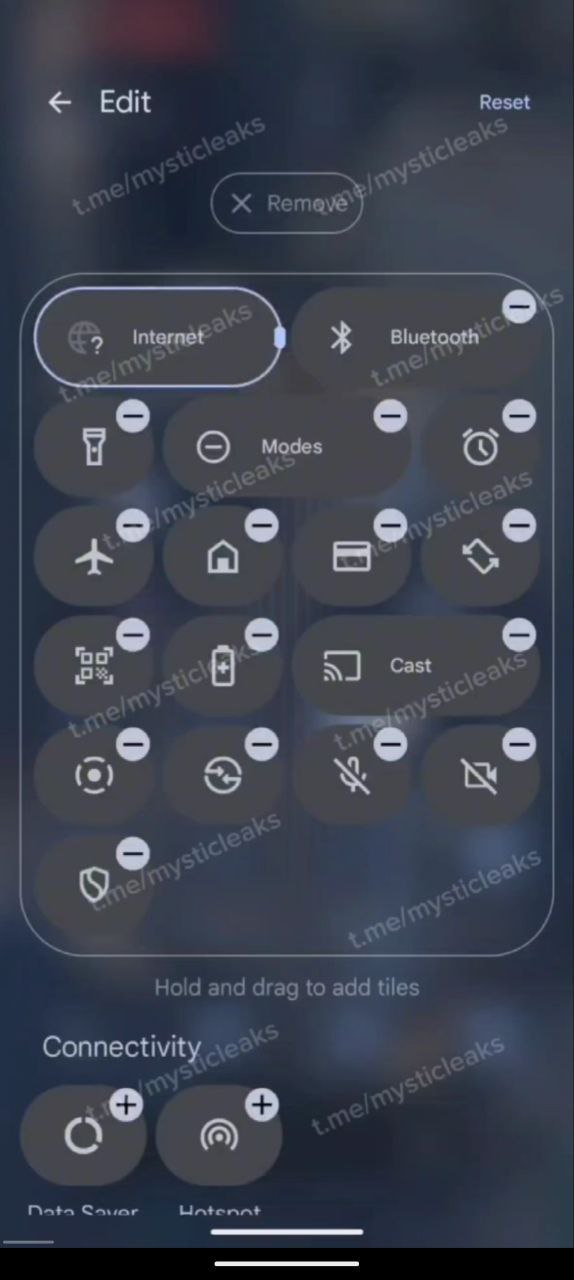
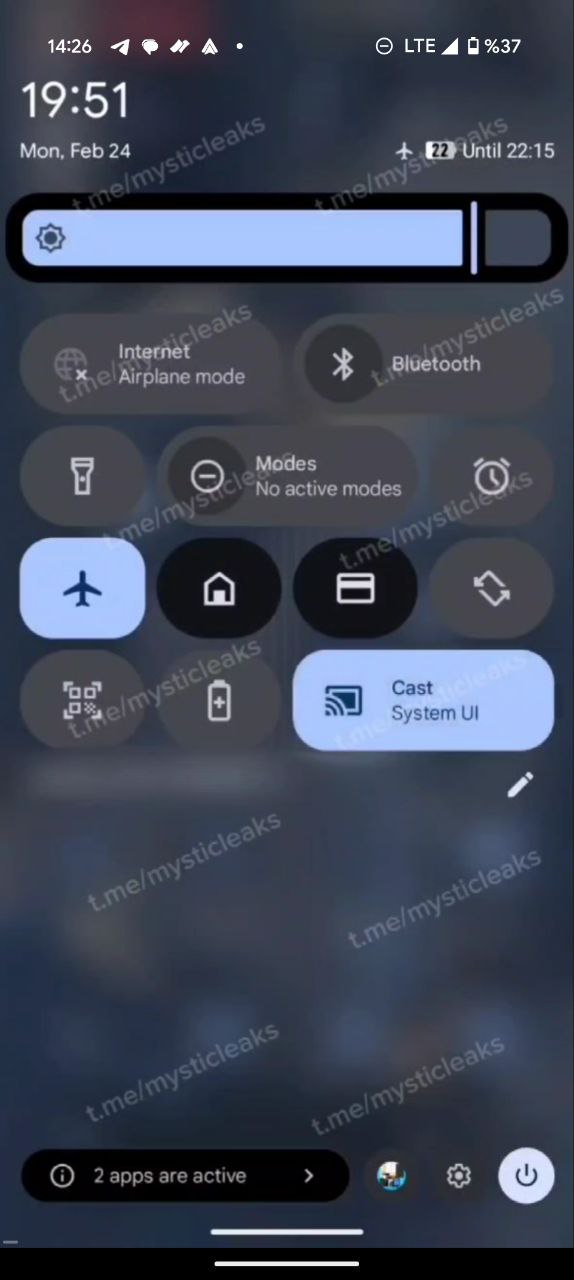

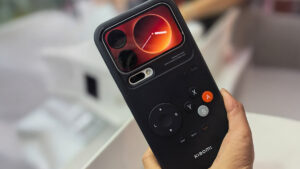
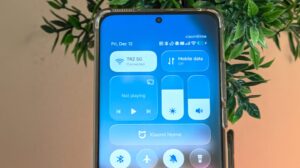
hyper os can work on redmi 10 c or not. because am trying to upload but it has refused. thanks for new update.
please send me
please my mobile is new
Version
Control Center Settings Option Not Showing/Not Working On My Phone Please Fix this Issues as soon as possible
redmi note 13 5g indian rom
Don’t get hyper os 2.0 update
will the Redmi 13c even get a new control center update ? or will the updates just keep taking storage with nothing to show for it
very good
at least there’s somewhere to power off and on your phone without using the power button 🔘
that’s what you guys need to add to the update